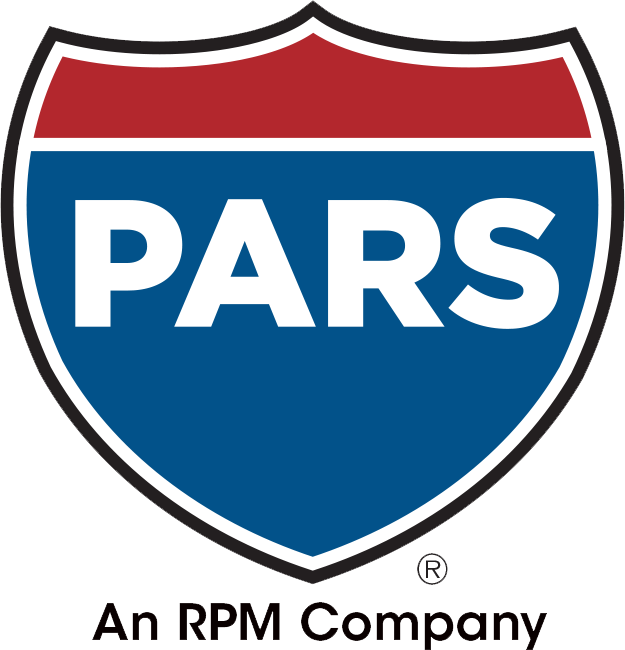Today’s fleet manager interprets corporate strategy for the fleet operation, guiding many different fleet pieces — supply chain, maintenance and accident vendors, fuel providers, remarketers, internal stakeholders, and more — to ensure the harmonious delivery of services and the best possible outcome for the organization.
The key is control. The fleet manager brings talent, experience, and wields technology-driven management tools for control. As the industry’s leading fleet transport and logistics provider for over 25 years, PARS hires and trains only the best professionals and continuously invests in the most advanced technology, allowing it to take its service to the next level.
PARS President Lori Rasmussen noted that, when the company opened its doors 25 years ago, customer needs revolved around simply picking up and delivering vehicles. Price and speed were the two biggest factors to winning business.
Turnkey Services Become the Norm
Today, however, projects have become much more complex as fleet managers look to extend relocation value, minimize vehicle downtime, and increase productivity. These days, in addition to carrier transport and driveaway services, PARS offers in-transit and temporary plates, license and title services, DOT services, reconditioning and make-ready, maintenance, and vehicle storage.
“Turnkey transportation and logistics solutions are the best way to ensure a customized fit to a customer’s specific needs,” Rasmussen explained.
Since customized solutions are growing and becoming ever more complex, Rasmussen feels that technology alone is not a solution. “Technology supports our foundational strengths and helps us continue to be the leader our field,” she noted, “
Planning a Complex Relocation
A good example of a complex auto relocation request was a recent close-out project PARS handled involving more than 700 vehicles located across the country. Coordination between the close-out company, the fleet management company, storage and service vendors, and others on behalf of the customer had the potential of being a logistical nightmare.
Once the vehicles were secured in PARS storage, the company’s team of dedicated vehicle condition analysts assessed vehicle condition information gathered from multiple sources, including driver close-out interviews, PARS drivers’ condition reports on the bill of lading, and storage facility detailed condition reports.
Thorough vehicle assessments were shared with the customer, enabling the best possible decision regarding whether vehicles should be redeployed, sold, sent to auction, stored, and/or repaired.
Any repairs or maintenance desired by the customer were immediately facilitated and managed by PARS, who worked with the accident management company, body repair and maintenance shops, ensuring rapid and easy redeployment when desired.
The keys to the success of the project: transportation and logistics expertise, proactive communications with all parties, and readily available online order status details, all combined with daily status reports that kept each of the stakeholders informed.
Taking a New Approach to Technology
PARS has always invested in state-of-the-art technology to complement its professional staff and proven processes through the years. Says Lori, “We know that our business must be the most agile. Today’s transport projects require more bandwidth, meaning more and more activities are part of each move.”
According to Lori, projects now require more elemental synchronicity. Each task must move in tandem, or the processes break down and efficiencies are lost. Finally, these complex projects must still meet tight deadlines — the one constant in the fleet transport business.
“To meet these demands, we believe technology must not only automate processes, but become part of a holistic approach that recognizes and supports the interdependencies between our customers, drivers, suppliers, employees, fleet management partners, assets, and knowledge bases. In short, we need a unified approach to technology that connects all aspects of our business,” she said.
Strategic Approach to Technology
“For our customers — either those we serve directly or those we work with through our partnering fleet management companies, our latest technology ensures that we are the most responsive transport provider, deliver the most detailed, real-time information, and create the most complete picture of each project and of our relationships,” Rasmussen said.
PARS’ cloud-based order management system exemplifies many of the overarching design criteria. These included complete integration with a dynamic CRM, the fastest speed and the best response times, tightened security, improved parameter management, and mobile enablement.
Order handling and management had to be more automated despite the contrary goal to increase customization that would address turnkey transport solutions. Specifically, improvements were made to the input and management of notes, alerts, mapping for both new and multiple orders, inventory management, data validation, surveying, dispatch visualization, and customer interfaces.
Leadership Is a Moving Target
Rasmussen knows the goal of being the most responsive fleet logistics company will always be a moving target.
“No company can believe it has achieved its goals. The target is always moving. But, I am confident that our integrated approach to technology, combined with our existing strengths, gives us the sound footing to move forward and meet our customers’ needs even as they redefine the term ‘complex’ for us in the future,” she said.
Finally, she cautioned that, although she and her management team have spent many hours on the technical aspects of the new technology, the heart of PARS’ business is people – those who make things happen and exceed customer expectations.
“Technology helps people — our team, our partners, our customers — gain more insight from these new business applications. That drives more informed decisions. Better decisions drive actions forward, improving quality and leading to growth and overall success,” Rasmussen said.

